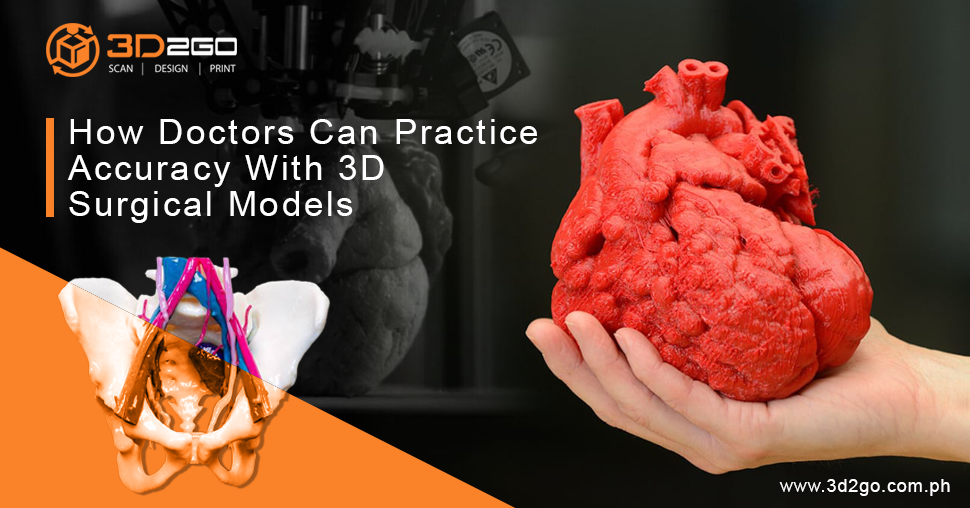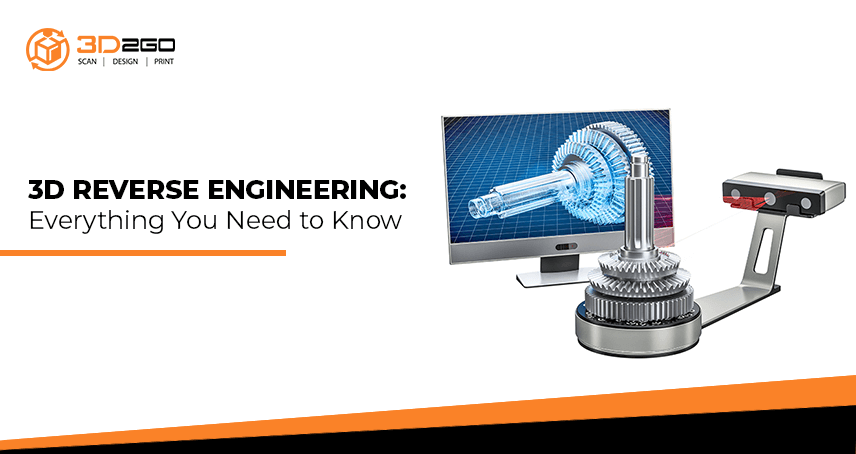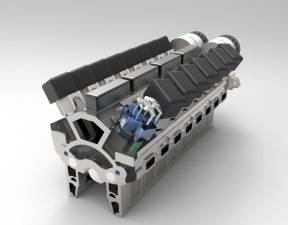
Importance of 3D Surgical Models To Doctors
June 7, 2022
5 Awesome and Unique Party Favor Ideas for Debut Celebrations
June 8, 20223D Reverse Engineering has become a major part of the business process, but do you know its different techniques and methods?
Engineering is a very adaptable business that is continually looking for new ways to be creative. Engineers use their ingenuity and innovation to produce never-before-seen goods that help their communities.
They also play an important role in expanding the local economy and stimulating commercial exchanges. One concern remains, however: how do engineers create in such a fast-paced environment?
The answer: 3D Reverse Engineering.
What is Reverse Engineering 3D Printing?
Reverse engineering is the practice of recreating a product in its most basic form.
It does not rely on the product’s blueprint or digital model, unlike traditional manufacturing methods. Disassembling, capturing, and evaluating an item’s features, material properties, physical measurements, design, and the interrelationships of each element constitute reverse engineering.
When a product stops working because of a broken part, but that part is no longer available on the market, reverse engineering is the best option. It not only aids in the re-use of the goods, but also in the conservation of the earth by reducing one’s garbage footprint.
The aforementioned method can also be a lifeline for firms who have lost their initial design paperwork — or have never had one in the first place. This is also useful for businesses who want to research a competitor’s new product.
3 Reverse engineering: Methods and Techniques
Reverse engineering techniques can be classified into three macro categories defined as follows:
- Auto-surfacing
The first method for creating a CAD model from a mesh entails the use of software tools for automatic recognition of complicated surfaces, such as NURBS (Non-Uniform Rational Basis Splines), which interpolate the mesh’s triangular surfaces.
This method is usually referred to as auto-surfacing, and it is undoubtedly quite popular for a variety of applications because it may be performed automatically or semi-automatically using reverse engineering software.
The advantage of this method is that after performing simple mesh optimization operations, a complete CAD model can be obtained by executing a single command.
However, the produced output is not the component’s original CAD model, but rather a model resulting from interpolation with multiple trimmed surfaces that approach the surface detected by the 3D scanner. As a result, there is a “peel” that surrounds the created solid model.
This technique is useful only when the object geometry is freeform, such as for statues, friezes, and moldings, and its usage is strongly prohibited for mechanical components, where a CAD model based on the designer’s original purpose is typically required.
- Extraction of CAD entities
Another technique for 3d reverse engineering involves extracting mathematical entities from the mesh in the form of regular surfaces such as cylinders, planes, cones, spheres, and even some NURBS surfaces for freeform portions.
In this instance, the scanner’s mesh must be picked by regions and interpolated with the best-fit surfaces.
These surfaces are normally reconstructed by reverse engineering software, but in order to recreate a CAD model that is consistent with the original project conceived by the designer, it is necessary to evaluate whether any deformations or wear in the scanned component have occurred, so that they can be compensated for during the reverse engineering phase.
- Total reverse engineering
The entire reverse engineering technique is the most effective, but it necessitates the employment of specialized reverse engineering tools and software. In this situation, the reverse engineering program must include mesh editing tools as well as all of the most complex features (preferably parametric) of a 3D CAD software.
In fact, the quality of the output will rise in direct proportion to the performance of the program employed and the quantity of tools made available by it.
What are Reverse Engineering Benefits for Businesses?
The most common advantage of reverse engineering is determining a machine’s function. This applies to gadgets that do not have blueprints. It can also categorize equipment pieces depending on their functioning.
Aside from that, there are further benefits of 3D reverse engineering. Here are a few examples:
- Reduce the Difficulty of Obtaining Spare Parts for an Outdated Technology
There are some items that hold sentimental significance for us. As a result, we cannot just toss them away. Keeping these ancient equipment operational, on the other hand, may be a challenging chore. Especially when it comes to keeping their components. Some may be unavailable due to the age of the model.
This is when reverse engineering can come in handy. They can scan and re-model the original model. Once completed, they will be able to 3D print the machine’s parts. It can save you a lot of time and effort. This is useful for those who do not wish to acquire new items on a regular basis. They can only 3D print damaged equipment parts.
- Innovating an Existing Technology
Reverse engineering determines more than just the machine’s operation. This enables you to examine the model and improve its innovation. Because you are inspecting its components, you can delete functions that are no longer needed.
This is ideal for businesses looking to improve their current product. Every day, new technologies emerge. You must ensure that your product adheres to contemporary standards. This will assist you in providing better product service. Which will result in more clients in the future.
- Maintaining a Good Product Quality
As previously stated, innovation assists manufacturers in determining which functions are obsolete. In addition, 3D scanning reverse engineering might discover flaws in your components. As a result, you may quickly carry out a strategy to decrease their production downtime.
It is also inexpensive. Using this method, you will discover the flaw before proceeding with the manufacturing. Omitting reverse engineering elements might cost you a lot of money in terms of production time. When you discover the problem, you must withdraw all of your items.
Reverse Engineering 3D Printing Services in the Philippines
We are 3D2Go, the premier company for anything 3D in the Philippines. We have the technology and talents to assist you in creating a 3D model of various items.
We are the one-stop-shop of everything 3D such as 3D scanning, 3D modeling, 3D prototyping and more.
By allowing us to help you, you can assure an accurate and satisfying result of your project.
We sell 3D scanners and 3D printers if you want to do your own DIY project.
Reach us through our Facebook or leave us a message here.






